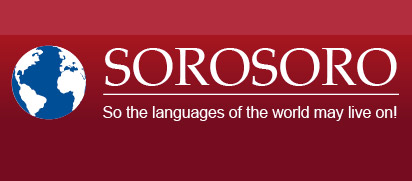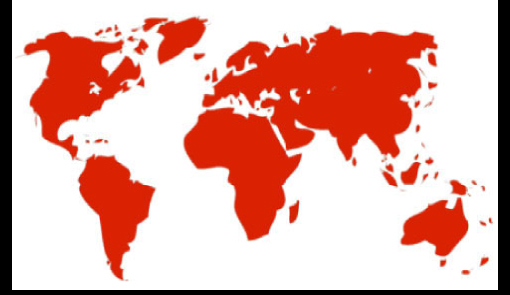Print  |
|

Modern Mandaic
Page prepared in collaboration with Jean Sibille (2011)
Data on Modern Mandaic
Alternative names: Neo-Mandaic, Ratna, Mandayi, Sabiun, Subba, Sabe’in
Classification: African-Asian family, group of Semitic languages, Western Aramaic branch.
Modern Mandaic is one of the modern languages originating from the western branch of Aramaic, Semitic language belonging to the group of Semitic languages of the North-West along with Hebrew and a certain amount of dead languages such as Phoenician, Amorite, Canaan and Ugaritic.
Modern Mandaic descends from Classic Mandaic, which originates from the Babylonian variation of Aramaic. Classic Mandaic is, along with Syriac and Aramaic from Talmud, Babylon, one of the best known dialects of Aramaic languages. It’s a dead language, but it still has a religious usage. Modern Mandaic is considered as the most conservative language (the closer to the old language) of the western branch of Aramaic languages.
Main dialects: dialects of Khorramshahr, Ahwaz, Shushtar, Iraqi Neo-Mandaic (dead).
Geographic area: Iran, in Iranian Khuzistan, in Ahwaz and Khorramshahr. It also used to be spoken in south Iraq, but the Iraqi variation is now dead. In the Mandaean Diaspora, there are almost no native speakers, except among recent immigrants.
Number of speakers: Modern Mandaic is spoken by Mandaeans (Mandaeism is a minority religion similar to Gnostism, claiming John the Baptist as prophet. The last speakers would all be living in Iran. The UNESCO evaluates the number of Mandaic speakers at approximately 300. Häberl (2008) on the other hand evaluates the number of native speakers between 100 and 200.
Status of the language: No official status.
Teaching: There’s a school of Mandaic language in Ahwaz.
Vitality and transmission: Modern Mandaic is on the verge of disappearing. The UNESCO lists it as “critically endangered” (step 4 on a scale of 1 to 5). The last speakers are all over 50 years old (Häberl, 2008). As indicated before, the Iraqi variation disappeared during the 20th and in the beginning of the 21st century. The persecution of Saddam Hussein’s government and the wars in Iraq have urged the last Iraqi speakers to exile.
Sociolinguistic observations
There are no monolingual speakers of Neo-Mandaic and there probably haven’t been any for many centuries. Mandaeans live in a mostly Arabic-speaking region and have always been a minority. The last speakers of Neo-Mandaic are generally trilingual as they speak the local variation of Arabic (close to the dialect in Bassorah) and Persian, official language of Iran and language used for education. These last speakers have a positive image of their language, a few Mandaeans of the Diaspora also, who try to learn the language, but this is not the case for all Mandaeans in Iran. For these non- Mandaic speakers, the language is often considered as a “relic” of the past, or as an Arab or Persian dialect.
Bibliography
Language:
Häberl Charles G. 2008, The Neo-Mandaic Dialect of Khorramshahr. Otto Harrassowitz Verlag, Wiesbaden.
Macuch Rudolf, Handbook of Classical and Modern Mandaic, Berlin, 1965.
Macuch Rudolf, Neumandäische Chrestomathie mit grammatischer Skizze, kommentierter Übersetzung und Glossar, Otto Harrassowitz Verlag, Wiesbaden 1989, 263 p.
Macuch Rudolf, Neumandäische Texte im Dialekt von Ahwāz, Otto Harrassowitz Verlag Wiesbaden, 1993.
History, culture:
Drower E.S., The Mandaeans of Iraq and Iran, Oxford, 1937.
Macuch Rudolf 1971, “The origine of the mandeans and their script”, Journal of Semitic Studies, volume XVI, tome 2, pp. 174-192.
Macuch Rudolf, “Alter und Heimat des Mandaismus nach neuerschlossenen Quellen,” Theologische Literaturzeitung 82, 1957, pp. 401-8.
Links
Website on Mandaic and Mandeans (in English)
Article of the Encyclopedia Iranica on Mandaic (in English)
Please do not hesitate to contact us should you have more information on this language: contact@sorosoro.org








